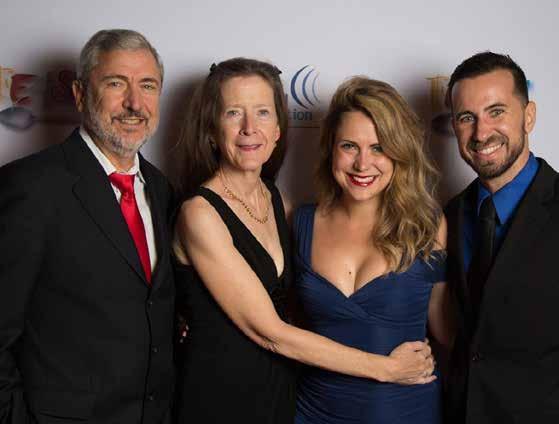managing hearing loss
hearing health foundat i o n
Explanations for Cochlear Implant Hesitancy—and What Hearing Care Professionals Can Do About It By Nancy M. Williams
Cochlear implants are often recommended to patients with severe to profound hearing loss who no longer benefit from hearing aids. According to the World Health Organization, a person with severe hearing loss is unable to hear a raised voice three feet away, while a person with profound hearing loss cannot hear a shouted voice in the ear. Despite the benefits of cochlear implantation, adoption is low. Current cochlear implant (CI) usage among adults who are indicated for them is about 5 percent. To investigate barriers to adult CI adoption, I partnered with Erin Schafer, Ph.D., a professor and audiologist at the University of North Texas. We curated, analyzed, and synthesized several recent publications in peer-reviewed hearing health literature to determine why patient demand and adoption lags. We reached three important conclusions: » Uncertainty surrounding the outcome of cochlear implantation drives top patient concerns expressed in the studies. » Of the top five patient concerns, three center around whether a CI would improve communication ability and music appreciation better than hearing aids. » Variability in patient experience with the CI healthcare system and public perceptions about surgical risks exacerbate patient concerns about uncertain outcomes.
Top Benefits
When CI candidates evaluate implantation, they often solicit advice from family members, close friends, and even coworkers. Taken together, the people in candidates’ circles make up the general public. In a survey of over 600 people in the U.S. general public, the perceived risks of cochlear implantation in most cases outweigh the benefits, according to a March 2022 Otology & Neurotology study. To participate in this study, respondents did not need to have or even know someone with hearing loss. The top benefits selected by survey participants (shown in the graphic at right) center around enhanced 42
hearing health
hhf.org
communication. Respondents assigned the highest priority to a person’s ability to converse with a stranger. We believe that the public demonstrates a good understanding of a key challenge faced by people with hearing loss: the difficulty of recognizing and understanding an unfamiliar voice in a noisy environment.
Wide Range in Outcomes That said, an important foundation to understanding adult patient barriers to CI adoption is the wide range in outcomes. Patients’ 12-month postoperative speech perception ranges from 0 to 100 percent, according to a January 2022 Laryngoscope study that mined a multi-institutional outcomes database. (Dr. Schafer is a coauthor of this paper.) Patients experience significant uncertainty in the face of this wide range of outcomes. Generally patients who register higher speech recognition during their CI evaluation realize the best outcomes, a fact some clinicians may communicate during patients’ decision making process. Nonetheless, patients may still struggle when determining whether to proceed with cochlear implant surgery. They may want to understand, for example, how their personal hearing loss history could impact














